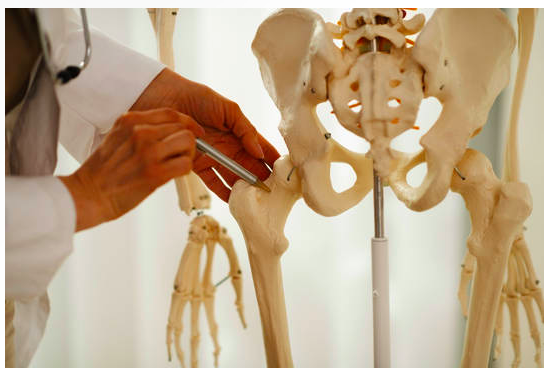Prevent, recognize and take action against Osteoporosis
 Osteoporosis is a very common disease in elderly persons, especially post-menopausal women.
Osteoporosis is a very common disease in elderly persons, especially post-menopausal women.
The disease occurs in 25% of women
over 65 and 50% of women over 80.
Four women in ten are exposed to the risk of fracture before the end of their lives due to fragile bones.
What is osteoporosis?
Osteoporosis is a disease in which bone density diminishes, thereby disrupting the internal structure of the bones. It increases bone fragility and may result in potentially life-threatening fractures (femoral neck) and changes in morphology such as height loss or kyphosis.
The most frequent fractures linked to osteoporosis occur in the spine (50,000 to 75,000 per year), femoral neck (50,000 per year) and wrist (35,000 per year).
What are the risk factors?
Female gender
Over 60 years old
Tobacco use, alcohol consumption
Early menopause (before 40)
Extreme thinness (BMI lower than 19)
Previous femoral neck fracture in the mother or father
Previous fracture following a minor injury
High-dose oral corticotherapy for at least three consecutive months (in the past or underway)
Any other treatment or disorder causing osteoporosis (hyperthyroidism, rheumatoid polyarthritis, hyperparathyroidism)
How is it diagnosed?
Osteoporosis is a silent disease whose warning signs include: height loss of more than 4 cm, fragility fractures and a family history of fragility fractures.
The gold-standard technique for diagnosing osteoporosis is bone densitometry, a rapid, low radiation exam that measures the subject’s bone density in the femoral neck and lower spine. Bone densitometry is prescribed after the subject’s risk factors have been assessed.
If the bone densitometry exam is normal, without fracture, the following preventive rules regarding lifestyle and diet should be followed: regular exercise, sufficient intake of calcium and vitamin D, no tobacco.
For difficult cases, an online questionnaire called “FRAX” is available which calculates the ten-year probability of bone fracture risk, thereby helping with therapy-related decisions.
What treatments are indicated?
Treatment for osteoporosis includes:
The lifestyle and dietary rules mentioned above
Drug-based treatment
The most common treatment consists in taking oral or intravenous bisphosphonates, generally prescribed for a five-year period. Pills must be taken in a vertical position to prevent them from getting entrapped in the esophagus.
Potential side effects: Digestive problems; osteonecrosis of the jaw, a rare complication occurring mainly in women with cancer who receive high intravenous doses of bisphosphonates.
Before considering bisphosphonate therapy, patients should nevertheless verify the quality of their dental implants and devices.
Additional treatments include raloxifene, teriparatide and denosumab, the latest drugs available on the market, which are effective and well tolerated.
Fall prevention:
Remove all cumbersome furniture and knickknacks
Clear all hallways and walkways
Do not sit on armchairs/chairs with wheels
Eliminate all loose rugs, in particular around the bed
Install grab bars in bathrooms
Store frequently used objects within easy reach to avoid having to climb a stool to reach them
Keep your home brightly lit and place night lights in the bedroom and bathroom
Clear all electrical cords, hoses and other similar tripping hazards
Wear closed, properly fitting shoes for walking
Avoid long, flowing clothes that can be a tripping hazard
Undergo cataract surgery if necessary
Eliminate unnecessary medications
For more information:
http://www.has-sante.fr/portail/jcms/c_1751307/fr/les-medicaments-de-losteoporose?xtmc=&xtcr=2
Source: https://www.american-hospital.org/en/health-news/imaging/detail/article/prevenir-reconnai.html









